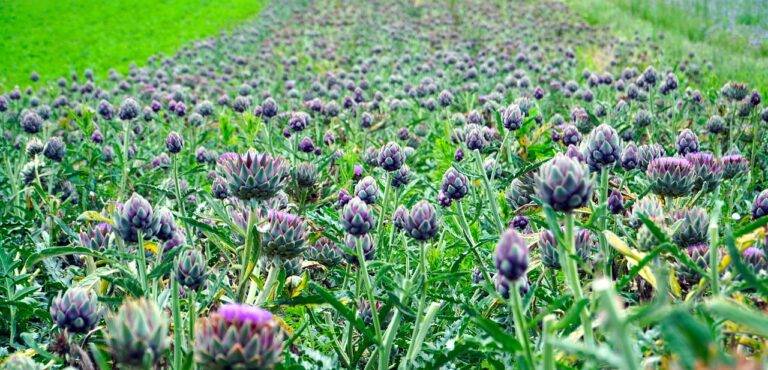The Art of Food Resilience: Building Sustainable Food Systems
The food supply chain faces a multitude of challenges that hinder its efficiency and reliability. One significant issue is the lack of transparency throughout the chain, making it difficult to trace products back to their origins in case of contamination or other food safety concerns. This opacity not only poses risks to public health but also makes it harder for consumers to make informed choices about the food they consume.
Additionally, the food supply chain is vulnerable to disruptions caused by various factors such as extreme weather events, transportation delays, and geopolitical conflicts. These disruptions can lead to shortages, price fluctuations, and ultimately impact the availability of food for consumers. As the global population continues to grow, these challenges highlight the urgent need for increased resilience and adaptability in the food supply chain to ensure food security for all.
Importance of Diversification in Agriculture
Diversification in agriculture plays a crucial role in enhancing the resilience of the food supply chain. By planting a variety of crops, farmers can reduce the risk of total crop failure due to unpredictable weather conditions or pests. This not only ensures a more stable income for farmers but also contributes to food security at a larger scale.
Additionally, diversification in agriculture can help to maintain soil health and fertility. Growing different types of crops can prevent nutrient depletion and soil erosion, promoting sustainable farming practices. This, in turn, leads to higher crop yields and overall improved land quality for future cultivation.
What are some challenges in the food supply chain that highlight the importance of diversification in agriculture?
Some challenges include climate change leading to unpredictable weather patterns, pests and diseases affecting crops, and market volatility impacting crop prices.
How does diversification in agriculture help mitigate these challenges?
Diversification helps spread risk across different crops and livestock, reducing vulnerability to issues that may affect a single type of crop or animal. It also allows farmers to adapt to changing market conditions and consumer preferences.
What are some ways in which farmers can diversify their operations?
Farmers can diversify by growing a variety of crops, raising different types of livestock, incorporating agroforestry practices, and exploring value-added products such as honey, cheese, or jams.
How does diversification benefit the environment?
Diversification can promote biodiversity, improve soil health, reduce the need for synthetic inputs, and enhance the resilience of agricultural systems to climate change.
Are there any financial benefits to diversification in agriculture?
Diversification can help farmers generate multiple streams of income, reduce financial risks associated with mono-cropping, and increase overall profitability in the long run.





